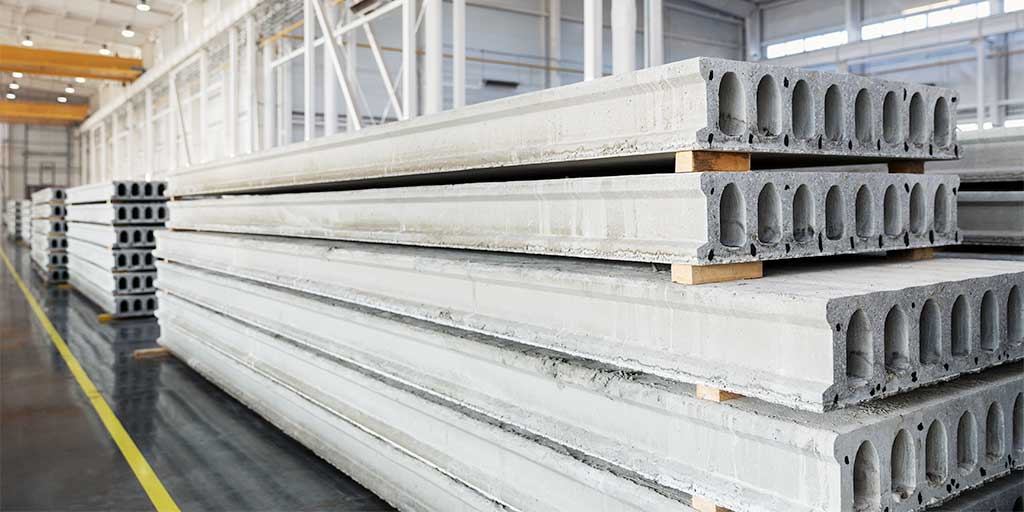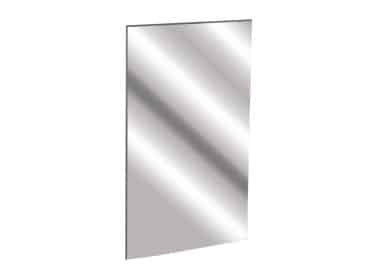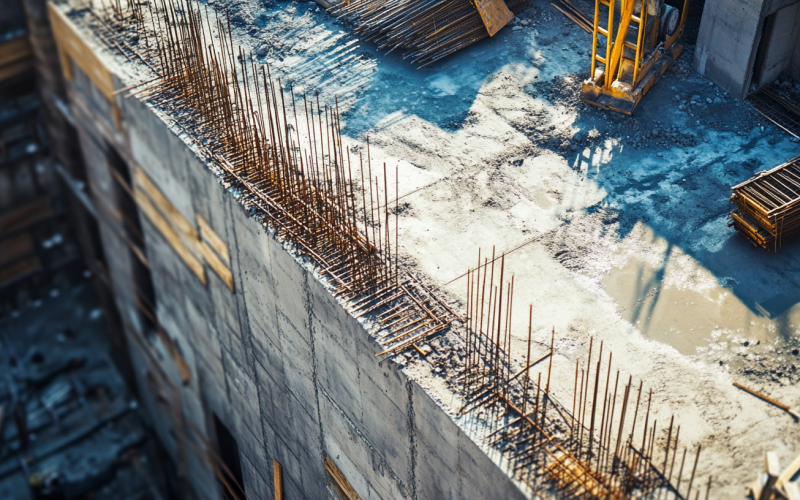Precast concrete has become a popular choice in construction due to its durability, quality control, and versatility. Unlike traditional poured-in-place concrete, precast concrete components are manufactured in a controlled environment before being transported to the construction site.
This method offers several advantages, but it also requires careful consideration of various factors to ensure successful implementation. Here’s a guide to the key factors you should consider when using precast concrete.
1. Design and Planning
Effective design and planning are crucial for successful precast concrete implementation:
- Architectural and Structural Design: Collaborate with architects and structural engineers to ensure that the precast components meet the design specifications and structural requirements. Precast concrete can be customized in various shapes and sizes, so detailed planning is necessary to integrate it seamlessly into your project.
- Integration with Other Building Systems: Consider how precast concrete components will interact with other building systems, such as electrical and plumbing. Planning for integration ensures that all systems work together efficiently and reduces the need for modifications during construction.
- Production and Delivery Scheduling: Coordinate the production and delivery schedules to align with the overall project timeline. Precast components are manufactured off-site, so it’s essential to synchronize their delivery with construction activities to avoid delays and disruptions.
2. Site Preparation
Proper site preparation is vital for the successful installation of precast concrete components:
- Foundation and Supports: Ensure that the foundation and support structures are prepared to accommodate the precast components. This includes verifying that the foundation is level, properly reinforced, and capable of supporting the load of the precast elements.
- Site Accessibility: Assess site accessibility for the delivery and installation of precast components. Ensure that there is adequate space for transportation vehicles, cranes, and other equipment required for handling and placing the precast elements.
- Safety Considerations: Implement safety measures to protect workers and site visitors during the installation of precast concrete. Proper site preparation helps minimize hazards and ensures a safe working environment.
3. Quality Control and Inspection

Maintaining high quality in precast concrete components is essential for structural integrity and performance:
- Manufacturing Quality: Choose a reputable precast concrete manufacturer with a track record of producing high-quality components. Verify that the manufacturer follows stringent quality control procedures and adheres to industry standards and specifications.
- Inspection and Testing: Conduct thorough inspections and testing of precast components before installation. This includes checking for defects, ensuring proper dimensions, and verifying that the components meet design and performance requirements.
- Compliance with Standards: Ensure that the precast concrete components comply with relevant industry standards and building codes. Adherence to these standards helps ensure the safety and durability of the final structure.
4. Transportation and Handling
Proper transportation and handling of precast concrete components are critical to preventing damage and ensuring successful installation:
- Transportation Logistics: Plan transportation logistics to minimize the risk of damage during transit. Use specialized equipment and vehicles designed for transporting precast concrete, and ensure that the components are securely loaded and protected.
- Handling Procedures: Follow proper handling procedures to avoid damaging the precast components. This includes using appropriate lifting equipment, such as cranes, and following recommended practices for moving and placing the elements.
- Storage and Staging: Provide adequate storage and staging areas on-site for precast components. Ensure that these areas are well-organized and protected from environmental factors that could affect the quality of the concrete.
5. Installation Techniques
Effective installation techniques are essential for ensuring the proper placement and alignment of precast concrete components:
- Alignment and Positioning: Use precise measurement and alignment tools to ensure that precast components are correctly positioned and aligned. Proper alignment is crucial for the structural integrity and aesthetic appearance of the finished project.
- Connection and Integration: Ensure that connections between precast components and other building elements are properly executed. This may include using grout, sealants, or other materials to achieve a secure and watertight connection.
- Inspection During Installation: Monitor the installation process closely and conduct inspections to identify and address any issues that arise. Promptly addressing problems can prevent delays and ensure that the precast elements are installed correctly.
6. Cost Considerations

Understanding the cost implications of using precast concrete can help with budgeting and financial planning:
- Initial Costs: Evaluate the initial costs of precast concrete components, including manufacturing, transportation, and installation expenses. While precast concrete may have higher upfront costs compared to traditional methods, it can offer long-term savings through reduced labor and construction time.
- Cost-Benefit Analysis: Conduct a cost-benefit analysis to assess the overall value of using precast concrete. Consider factors such as reduced construction time, improved quality control, and lower maintenance costs when evaluating the financial impact.
- Budget Management: Manage your budget carefully to account for all costs associated with precast concrete, including potential contingencies for unforeseen expenses. Accurate budgeting helps ensure that the project remains financially viable and on track.
7. Environmental and Sustainability Factors
Precast concrete offers several environmental and sustainability benefits, but it’s important to consider these factors in your project:
- Energy Efficiency: Precast concrete can contribute to energy efficiency by providing thermal mass and reducing heating and cooling loads. Consider how precast components can enhance the energy performance of your building.
- Sustainable Materials: Use precast concrete made from sustainable materials and incorporate recycled content where possible. This helps reduce the environmental impact of your project and supports green building practices.
- Waste Reduction: Minimize waste by optimizing the design and production of precast components. Efficient use of materials and careful planning can help reduce construction waste and promote sustainability.
8. Post-Installation Maintenance
Proper maintenance is essential to ensure the long-term performance and durability of precast concrete:
- Routine Inspections: Conduct regular inspections of precast concrete components to identify any signs of wear or damage. Early detection of issues allows for prompt repairs and extends the lifespan of the concrete.
- Maintenance Practices: Follow recommended maintenance practices to preserve the quality and appearance of precast concrete. This may include cleaning, sealing, and addressing any minor repairs as needed.
- Documentation and Records: Maintain detailed records of inspections, maintenance activities, and any repairs performed. Documentation helps track the condition of precast components and supports effective long-term maintenance.
Use Precast Concrete in Construction Projects
Using precast concrete in construction projects offers numerous benefits, including improved quality control, faster construction times, and enhanced durability. However, to fully realize these advantages, it is essential to consider key factors such as design and planning, site preparation, quality control, transportation and handling, installation techniques, cost considerations, environmental impacts, and post-installation maintenance.
By addressing these factors thoughtfully and proactively, you can ensure a successful and efficient implementation of precast concrete in your construction projects, resulting in a high-quality and sustainable final product.











